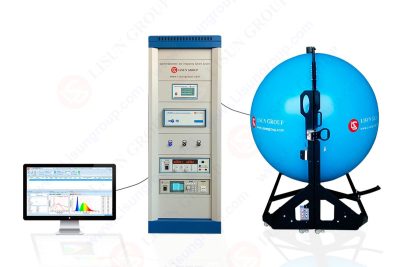
Abstract With the rapid development of the lighting industry, quality control of light source products has become increasingly crucial, and accurate testing of optical, color, and electrical parameters is the core link in measuring light source quality. The LISUN LPCE-2 (LMS-9000C) LED Lumen Meter, as a high-precision spectroradiometer & integrating sphere system, is capable of conducting comp...
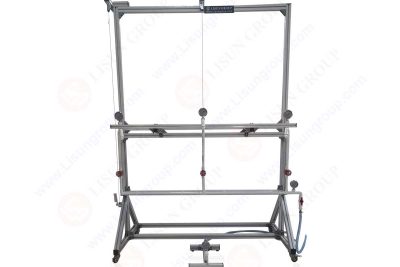
Abstract In the production and R&D process of electrical and electronic products, lamps, electrical cabinets, and electrical components, their operational reliability in outdoor or humid environments is of crucial importance. The LISUN JL-UL UL Environment Test Equipment Water Spray Head Piping Test is manufactured in strict accordance with a series of international authoritative standards....

Abstract In the application environment of modern electronic and electrical equipment, electromagnetic interference (EMI) has become an increasingly prominent issue. As a typical source of electromagnetic interference, pulsed magnetic fields may lead to degraded equipment performance, functional failure, or even damage. To ensure the reliable operation of equipment in complex electromagnetic envir...

Abstract Light-Emitting Diode (LED), as a new generation of solid-state lighting source, is widely used in various fields due to its advantages of high efficiency, energy saving and environmental protection. Its luminous flux maintenance rate and aging life are core indicators for measuring product quality. This paper takes the LISUN LEDLM-84PL LED Optical Aging Test Instrument as the research obj...
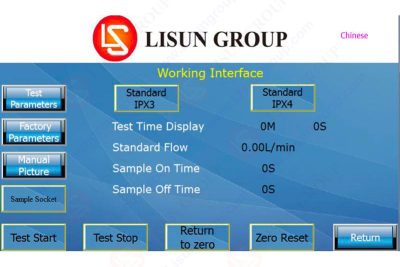
Abstract The waterproof performance of enclosure protection levels is a core indicator for measuring the reliability of electronic and electrical products, especially crucial for outdoor LED lighting fixtures and other products that are long-term exposed to complex environments. As a professional testing equipment compliant with international standards, the LISUN JL-X Waterproof Test Chambers rely...

Abstract Against the backdrop of the rapid development of the semiconductor industry, the problem of damage to semiconductor devices caused by electrostatic discharge (ESD) has become increasingly prominent. The Human Body Model (HBM) and Machine Model (MM) are the main sources of electrostatic threats faced by semiconductor devices during production, transportation, and use. This article focuses ...
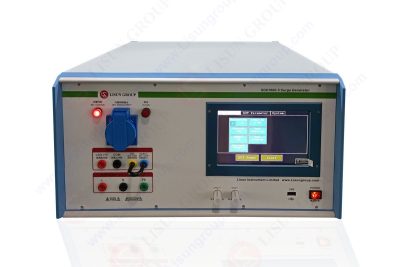
Abstract In the actual operating environment of electrical and electronic equipment, high-energy transient interference caused by natural lightning induction and large-capacity inductive-capacitive load switching poses a serious threat to the stable operation of equipment power cords and internal connecting wires. As a core testing device, the surge generator working principle can simulate such i...
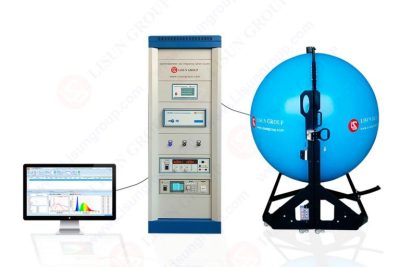
Abstract In the lighting industry, the photometric, colorimetric, and electrical parameters of luminaires are core indicators for measuring product quality and performance, directly influencing lighting effects, energy efficiency, and user experience. As a professional testing equipment integrating a high-precision spectral radiometer and an integrating sphere system, the integrating sphere set...
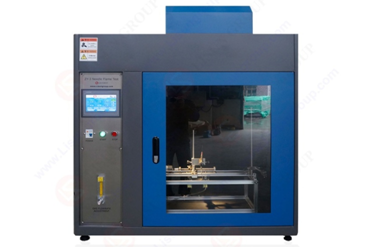
Abstract In the electrical and electronic industry as well as the field of material research and development, the flame retardant safety performance of products is directly related to their safety and reliability during use. As professional flame retardant performance testing equipment, flammability testing labs can accurately simulate the needle – shaped flame scenarios caused by local o...